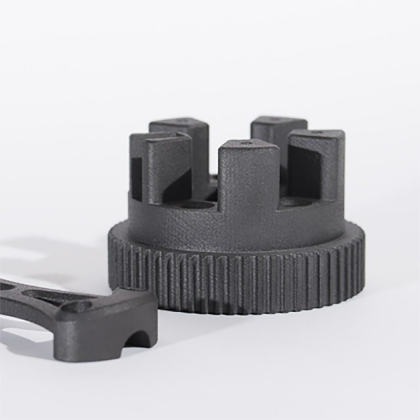Unlocking the Future: Dive into the World of 3D Printing Innovations You Can't Miss!
3D printing technology, also known as additive manufacturing, has revolutionized the way we think about production and design. From healthcare to aerospace, this innovative technology is making its mark across various industries by enabling the creation of complex structures that were once inconceivable. As advancements continue at a rapid pace, it’s essential to understand the different products and services that are shaping this field. Whether you are a hobbyist looking to create custom models or a professional seeking to optimize manufacturing processes, there's a wealth of options available. This article will guide you through the exciting landscape of 3D printing, helping you evaluate the best printers, materials, and design software tailored to your needs.

Understanding 3D Printing Technology
At its core, 3D printing technology involves creating three-dimensional objects from a digital file. The process typically begins with a 3D model designed using specialized software, which is then sliced into thin horizontal layers. The printer builds the object layer by layer, adding material incrementally. This method of production, known as additive manufacturing, stands in stark contrast to traditional subtractive manufacturing, where material is removed from a solid block. The benefits of 3D printing include reduced waste, greater design flexibility, and the ability to manufacture complex geometries that would be impossible to achieve with conventional techniques. Additionally, 3D printing allows for rapid prototyping, enabling designers and engineers to iterate quickly and efficiently, ultimately speeding up the product development cycle.
Types of 3D Printers
The market for 3D printers is diverse, with various types catering to different needs and applications. Fused Deposition Modeling (FDM) printers are among the most common, utilizing thermoplastic filaments that are melted and extruded to build objects. They are affordable and user-friendly, making them ideal for beginners. Stereolithography (SLA) printers, on the other hand, use a laser to cure liquid resin into solid forms, resulting in high-resolution prints that are particularly useful for intricate designs. Selective Laser Sintering (SLS) printers utilize powdered materials that are fused together by a laser, allowing for the creation of durable parts suited for functional testing. Each type of printer has its pros and cons, and the choice largely depends on the specific project requirements, such as the desired resolution, material properties, and budget.
Choosing the Right 3D Printer
When it comes to selecting the right 3D printer, there are several factors to consider. First, assess your project needs: Are you looking to create prototypes, functional parts, or artistic designs? Next, evaluate your experience level. Beginners may prefer user-friendly FDM printers that require minimal setup, while experienced users might seek the precision of SLA or SLS printers. Additionally, consider the materials you wish to use, as some printers are limited to specific types. Researching user reviews and seeking recommendations from the 3D printing community can also provide valuable insights. Remember, investing in a printer that aligns with your goals will enhance your overall experience and satisfaction.
Materials for 3D Printing
The selection of materials for 3D printing is vast and plays a crucial role in the quality and functionality of the final product. Commonly used materials include various plastics, such as PLA and ABS, which are favored for their ease of use and versatility. For more demanding applications, metals like titanium and aluminum can be utilized, offering exceptional strength and durability. Composite materials, which combine different substances, are also gaining popularity due to their tailored properties, such as lightweight and high strength. Understanding the characteristics of each material is essential for achieving the desired outcome, and experimenting with different materials can open up new possibilities in design and functionality.
Design Software for 3D Printing
The role of design software in the 3D printing process cannot be overstated. Software programs enable users to create, modify, and prepare 3D models for printing. Popular options include both free and paid software, with features ranging from basic modeling tools to advanced simulation capabilities. For beginners, user-friendly software with intuitive interfaces is recommended, while more experienced users may benefit from programs that offer extensive customization and detailed control over the design process. Additionally, many software options provide access to online libraries of pre-designed models, allowing users to kickstart their projects quickly. Learning the ins and outs of design software can significantly enhance the quality of printed models and streamline the workflow.
Final Thoughts on 3D Printing Technology
In conclusion, 3D printing technology is a dynamic field filled with innovations that can transform how we approach design and manufacturing. By understanding the various types of printers, materials, and design software available, you can make informed decisions that align with your specific needs or projects. As the technology continues to evolve, staying updated on the latest advancements will ensure you remain ahead in this rapidly changing landscape. Whether you are a seasoned professional or a curious newcomer, exploring the myriad of products and services in 3D printing can lead to exciting opportunities and creations.



